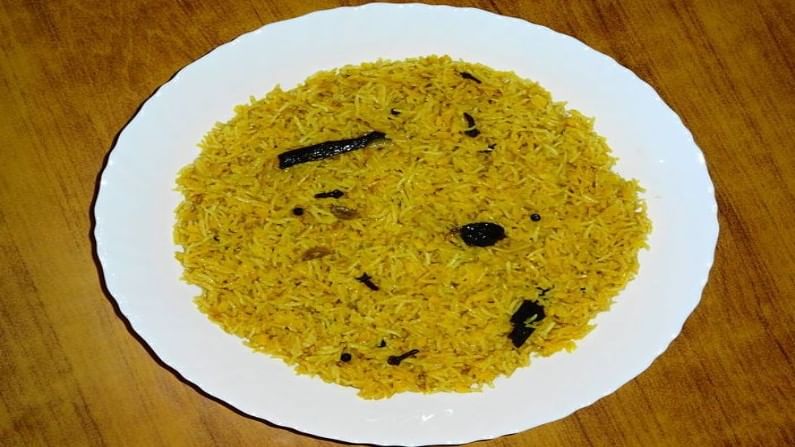United tastes of Khichdi
Being as varied as the nation itself and as inclusive in spirit, Khichdi can easily be crowned as the national dish of India
- Avijit Ghosal
- Last Updated : May 8, 2021, 13:35 IST

Name a dish that was cooked by the common man when Alexander (356 BC–323 BC) invaded this subcontinent and has retained its character down the intervening millennia to survive in an almost unchanged form. In any quiz contest, this question can stump almost everybody.
The answer: our very own, dear, commonplace Khichdi, which has straddled not only millennia but also multiple social strata and deeply divided taste buds in this spectacularly heterogenous society.
Diversity factor
Khichdi is as diverse as India itself. From the north eastern part of India to the western tip of Pakistan, it appears in a bewildering array of variations with each state scripting its own version.
In large parts of Bengal, Assam and Tripura, cauliflower, potato, green peas are added to Khichdi. A dash of garam masala and ghee brings out the nuanced taste.
Usually Moong dal and gobindabhog rice make classical khichdi. Some go for masoor dal too.
The accompaniments of Khichdi can be as varied as the dish itself. All kinds of fried items from brinjals to potato to papad gel perfectly with this item. Many would relish Khichdi just with fried papad.
Many in eastern India would walk many miles to have Khichdi with a piece of fried Hilsa, a jugalbandi considered no less divine than a duet of Ustad Ali Akbar Khan and Pandit Ravi Shankar playing raaga Lalit. Many substitute the pricey and rare Hilsa with omelettes too.
Complex, yet simple
Khichdi is almost like the Ganges of Indian cuisine topography and as complex like the country’s caste system. It flows down different states assuming different characters suitable to the local tastes.
In Karnataka, it can assume tangy taste thanks to the additions such as tamarind, jaggery, dried coconut, curry leaves and vegetables found in different seasons. If one goes up north in Himachal Pradesh, one can find chickpeas and kidney beans in the item.
In Tamil Nadu, liberal doses of ghee is added as in most Bengali kitchens. Many Gujaratis eat it with light kadhi that are yoghurt-based.
On divine agenda
In Bengal, Saraswati Puja and Durga Puja are not complete with Khichdi which is used as offering to the goddess before it is lapped up by the eagerly waiting devotees.
Khichdi is equally popular in neighbouring Odisha, where it forms an offering the Jagannath temple as well.
Over and above these perplexing complexities, there can be two generic types of the dish — one of the thicker consistency and another that is more liquid like a gruel.
Seleucus to Ain-i-Akbari
Alexander’s general Seleucus, who led Greek soldiers against king Porus in India mentioned a dish of rice and pulses. Moroccan wayfarer Iban Batuta, who travelled to India in the 14th century has recorded the popularity of Khichdi. It enthralled even the Mughals, with Ain-i-Akbari recording seven types of this preparations.
In many families of Hyderabad, it is consumed during breakfast.
Those strictly non-vegetarian have added their own improvisation to Khichdi and have come up with mutton Khichdi. Chunks of mutton are fried and cooked separately in a pressure cooker till it becomes tender. When the meat is done it is combined with the Khichdi and put on simmer for a couple of minutes before the two different elements reach a perfect unison.
On top of the clouds
A watery form of Khichdi is often administered to those suffering from stomach trouble. In many families the first solid food that a child is introduced is this item.
In many Bengali households, a rainy day goes to waste if not accompanied with Khichdi. When people wake up to an overcast sky with strong cool breeze and a continuous downpour, the first look at the sky inevitably brings the thought of raaga Megh Malhar to the musically minded. To the plebians, it’s Khichdi.
Download Money9 App for the latest updates on Personal Finance.

